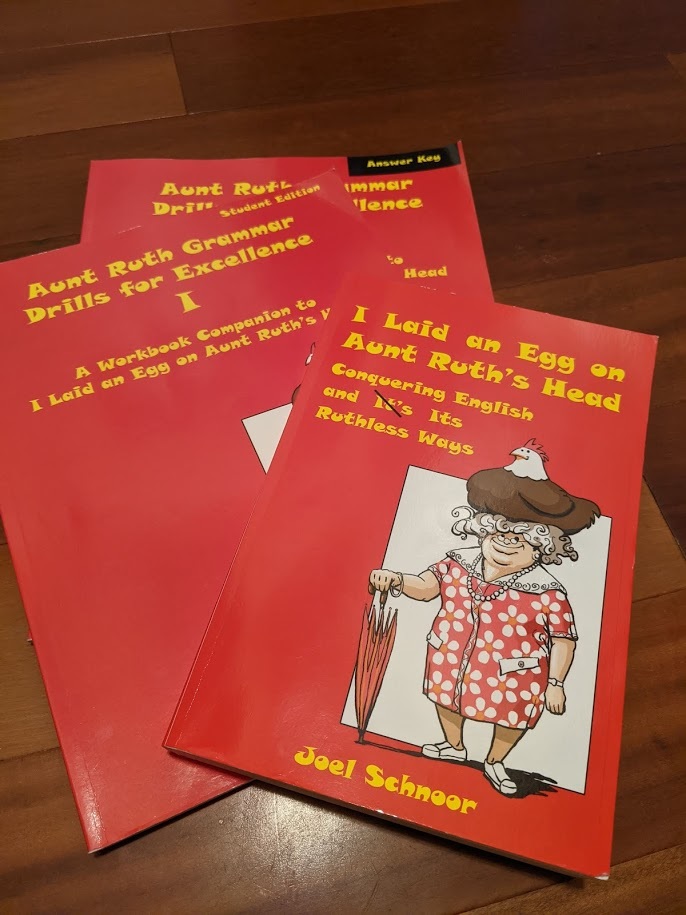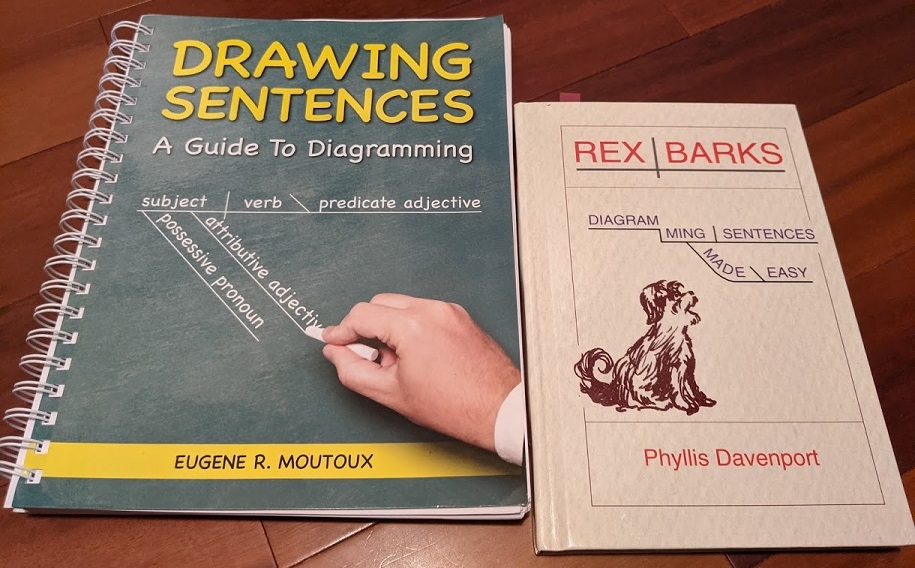As a lover of language, it’s important to me that my kids understand our language well. I want them not only to be able to decode words and communicate effectively, but also to have the capacity both for deconstructing complex or difficult thoughts and for shaping their own language into something powerful and beautiful. I want them to understand the structure of language so that they can use their knowledge to understand the power behind others’ words and so that they are able to build sentences (and paragraphs, memoirs, letters to the editor, memos, love notes) that carry weight and convey meaning with clarity and perfect emphasis.
One powerful tool a good writer has in her toolbelt is the knowledge that sentences, unlike puzzles, can be assembled in many different ways. In fact, there are almost always numerous correct ways to construct a sentence–as well as a few incorrect ways. Changing sentence structure not only keeps writing from seeming repetitive and boring, it also serves to change the shade of meaning. To emphasize this fact and to get my kids started on the road of thinking about their sentence construction, I’ve devised a descriptive writing exercise. While we’re using Michael Clay Thompson’s language arts materials, the activity below would be useful for any student who has a basic knowledge of the parts of speech and their functions. My kids are young, so for them this will merely be an introduction to the concept of sentence structure, but this is an activity I could easily have done when I taught 8th graders. In fact, I think all ages can benefit from writing exercises like this one.
Here are my step-by-step instructions:
- Print a copy of the PDF Parts of Speech and Sentence Structure (or create your own).
- Have your child select a particular place or event to describe. Choose four nouns that can be seen in that place or at that event, and write them in the “noun” column on the paper.
- Follow each of your nouns with a solid, vivid verb, and then fill out your page with two strong adjectives and adverbs to modify each noun and verb.
- Cut your word pieces apart. Using the “Bonus Words” (and any others you might need), see how many different ways you can put each sentence together. Consider writing them all down so you can better compare them.
- Discuss sentence structures that work. How does changing the order of the words change the emphasis of your sentence?
- Discuss sentence structures that do NOT work. Why do certain word orders not make sense?
- Optional: Choose your favorite version of each sentence. (You may add or remove words to make the sentence stronger.) Using your strong, descriptive sentences, write a descriptive paragraph or an entire narrative about your place or event. Structure your sentences carefully to emphasize the things you think are most important.


